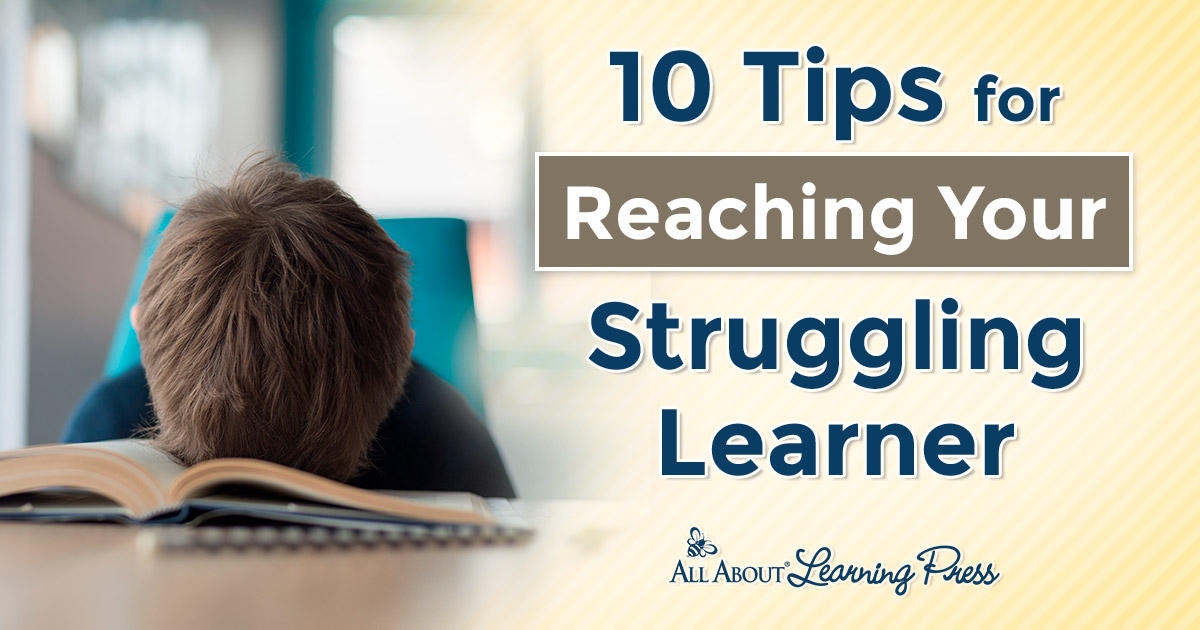- Like
- Digg
- Del
- Tumblr
- VKontakte
- Buffer
- Love This
- Odnoklassniki
- Meneame
- Blogger
- Amazon
- Yahoo Mail
- Gmail
- AOL
- Newsvine
- HackerNews
- Evernote
- MySpace
- Mail.ru
- Viadeo
- Line
- Comments
- Yummly
- SMS
- Viber
- Telegram
- Subscribe
- Skype
- Facebook Messenger
- Kakao
- LiveJournal
- Yammer
- Edgar
- Fintel
- Mix
- Instapaper
- Copy Link
When I initially set out our yearly plan, I “budgeted” time for the various countries and continents that we were going to be studying, Antarctica included. I figured that we could get everything done for the North and the South Pole in 2 weeks.
Because, really. It’s just a snowy landmass, right?
We started studying Antarctica this last week and it’s looking like this could be a much longer study that I originally thought. The girls (and I) are learning so much…and having a lot of fun with it in the process, so we are only going to study Antarctica for now and then do a unit study/lapbook on penguins.
We found a GREAT video clip showing a penguin being chased by a pod of orcas. The video clip is below. It’s about 5 minutes long but really rather funny.
I found a copy of Antarctica by Evan Moor at a book sale and it has been a huge help in our studies. The more I dig and search on the internet, I also find some other great sites, which I’ll share a little later. Here’s a look at our week (just the geography/Antarctica related things):
Monday
Tuesday
Wednesday
Thursday
Here are some of the websites that we used this week:
And a few of the books that we used in our studies:
Next week we will be studying more about the animals and plants in the Antarctic and also look more at the expeditions to the South Pole in the early 1900’s.








 The printables shared on this site are FREE of charge unless otherwise noted, and you are welcome to download them for your personal and/or classroom use only. However, free or purchased printables are NOT to be reproduced, hosted, sold, shared, or stored on any other website or electronic retrieval system (such as Scribd or Google docs). My printables are copyright protected and I appreciate your help in keeping them that way.
If you download and use some of my printables and then blog about them, please provide a link back to my blog and let me know - I'd love to see how you are using them! Please be sure to link to the blog post or web page and not directly to the file itself. Thank you!
The printables shared on this site are FREE of charge unless otherwise noted, and you are welcome to download them for your personal and/or classroom use only. However, free or purchased printables are NOT to be reproduced, hosted, sold, shared, or stored on any other website or electronic retrieval system (such as Scribd or Google docs). My printables are copyright protected and I appreciate your help in keeping them that way.
If you download and use some of my printables and then blog about them, please provide a link back to my blog and let me know - I'd love to see how you are using them! Please be sure to link to the blog post or web page and not directly to the file itself. Thank you!
cute internet fieldtrip! :)
OH – so looking forward to our time together to see how you put all of this together! Well, and just to chat :)
Looks like a fun study!
Wow! That looks like a great week! We are doing Geography too, but we haven’t landed in Antarctica yet- I will have to check out some of your links!
Thanks for linking to Beyond Penguins and Polar Bears! If you haven’t seen our magazine as well as our blog, you can find much more great content at http://beyondpenguins.nsdl.org
One of our most popular features is a series of nonfiction articles for students. They are written at three grade bands: K-1, 2-3, and 4-5 and are available as color books, text-only documents, and electronic books. Find them at http://beyondpenguins.nsdl.org/information.php?topic=stories
Please feel free to use or share with others!